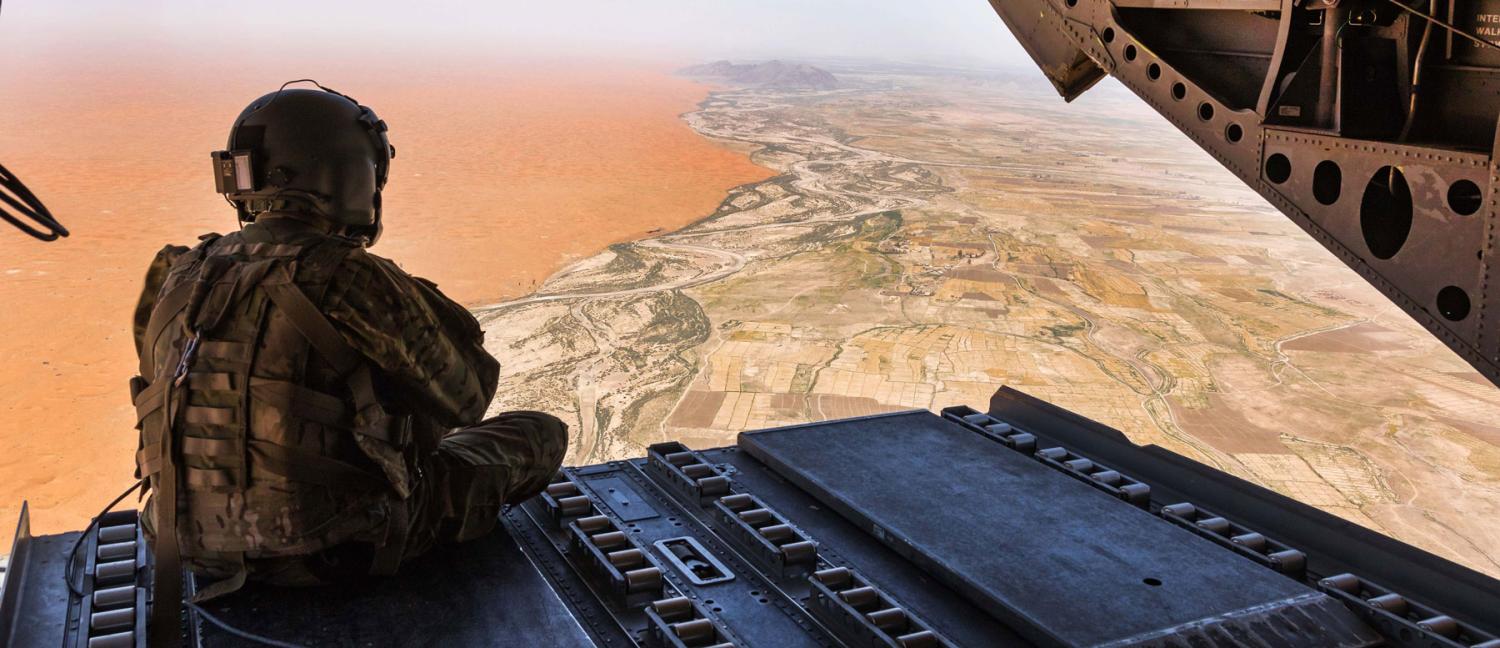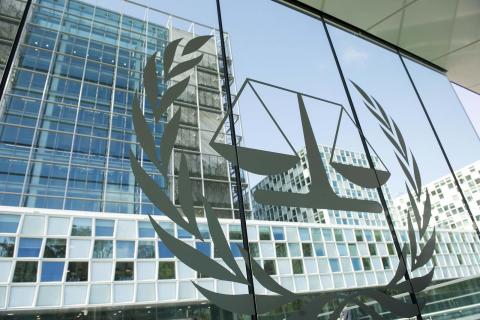Part One of this series looked at what President Trump’s recent Afghanistan policy announcement told us about the President and his administration. This post examines the policy itself and its consequences for Australia.
Trump claims he has learned from history in his study of the Afghan war. If so, he would know President George W Bush, after outing the Taliban post-9/11, limited himself to a 'modest footprint' - a small number of troops - to stabilise the country. As the situation developed, Bush increased troop deployments and then handed over to NATO while commencing the withdrawal of some US troops. The situation deteriorated, NATO was not effective and the US troop withdrawal had to be slowed. In 2009, President Obama initiated a large surge of troops after years of prevarication, but in announcing the surge he also announced its withdrawal date. The Taliban hung on until the surge had finished and the situation deteriorated even more. For political reasons, Obama withdrew even more troops in 2014 until he was forced again to suspend the withdrawal. From all of this, hopefully, Trump has learned what not to do.
The policy announced during Trump's speech last week, while short on specifics, can be summarised as comprehensive, aggressive, resolute, more lethal and waged across a wider area with less restrictions on field commanders than before. It can fairly be considered to be new because, in the 16 years of this conflict, a sustained, open-ended military presence and real pressure on the neighbours - especially Pakistan, and non-specified support from India - has not been tried.
Nation-building and the creation of democracies is not what the US will do under this policy. But while the US will focus on 'killing terrorists', there is certainly an expectation that Afghanistan will address corruption and governance. Hopefully there is some detail somewhere on how the root problem that is causing this conflict is expected to be removed.
Also not stated, of course, was how many more troops will be sent and what their mission will be. This obfuscation was part of Trump’s strategy. There is a very good reason for restricting media access even at the strategic level. Often journalists can't provide the context to the operations they report, and this can have strategic implications. Even if journalists are embedded in a unit, they need to commit to that unit for a period before an operation to gain the perspective needed to report accurately.
Leaks would indicate that Trump proposes to increase US forces by about 4000. If true, this is a relatively small number in comparison to ‘boots-on-the-ground’ days when foreign forces totaled well over 100,000.
The 4000 additional troops are likely to be there to train and ‘battlefield mentor’ the Afghanistan Army; not just working with Afghanistan units in barracks but also accompanying each unit into battle at a rate of about 30 US troops per 500-strong Afghanistan battalion. Battlefield mentoring of new army units can be spectacularly successful. The Afghanistan special forces have benefited greatly from training and battlefield mentoring and, just as in Iraq, special forces have been used as ‘fire brigade’ units because they are competent. However, outside of the US, other countries limit their training/mentoring to safe areas, meaning new units are on the battlefield by themselves.
Training and battlefield mentoring has not been applied widely to the Afghanistan Army. It has units which have fought hard and suffered many casualties while losing much ground to the Taliban. If the leaked figure of 4000 more US troops is correct, and they were to be predominantly young officers and NCOs, capable of training and accompanying the Afghanistan army in combat, they could dramatically increase the effectiveness of up to 100 Afghan battalions. It's possible that the Afghanistan Army, if widely mentored and well-supported by its own intelligence and air and ground fire support, could then have a significant effect on the Taliban in one to two years.
And this leads us to the real US strategy. The old saying that you cannot kill your way to victory in a counter insurgency remains true. But you can kill your way to the negotiating table. It just takes time. No side will negotiate while it has a chance of winning unless negotiating is part of its winning strategy. The new US policy aims to force the Taliban to the negotiating table by improving the Afghanistan army, widening the war, leaning on the neighbours such as Pakistan to remove sanctuaries, removing restrictions on commanders, and at least giving the impression of an open-ended commitment with results to be assessed using conditions on the ground and not by an artificial time limit. Ironically, only time will tell if this will work but it has a fair chance,
Trump has expressed the wish that NATO and other allies increase their troop commitment proportionately. This is a courageous hope. The most prominent failure of the Iraq and Afghanistan campaigns has been the reluctance of US allies to send troops. And, even when non-US foreign troops are deployed, they are almost entirely prevented by their governments from effectively fighting. Australia has been better than most, at least in Afghanistan, and we have made sizable funding donations. The Australian Prime Minister and the Defence Minister have both said that they would examine a US request if it is made. In my view, a significant addition to Australian troop numbers is unlikely. If more Australian troops are sent, they are even more unlikely to be used in the most essential role of battlefield mentoring. I have advocated for years that Australia should be prepared to have its troops used in this way - while acknowledging the risks. I still hold this view today because tactical success is the base for strategic victory, and the US needs its allies' help.
On balance, this is the best approach to Afghanistan from the US that we have seen in 16 years. But successful implementation of military policy requires that it be translated into a military strategy that is then resourced and applied over an appropriate period. There are never any guarantees of success in war which is what makes demands for an end state and exit strategy so pointless. But we should know within one to two years if this new approach has been successful - at least in a military sense.

